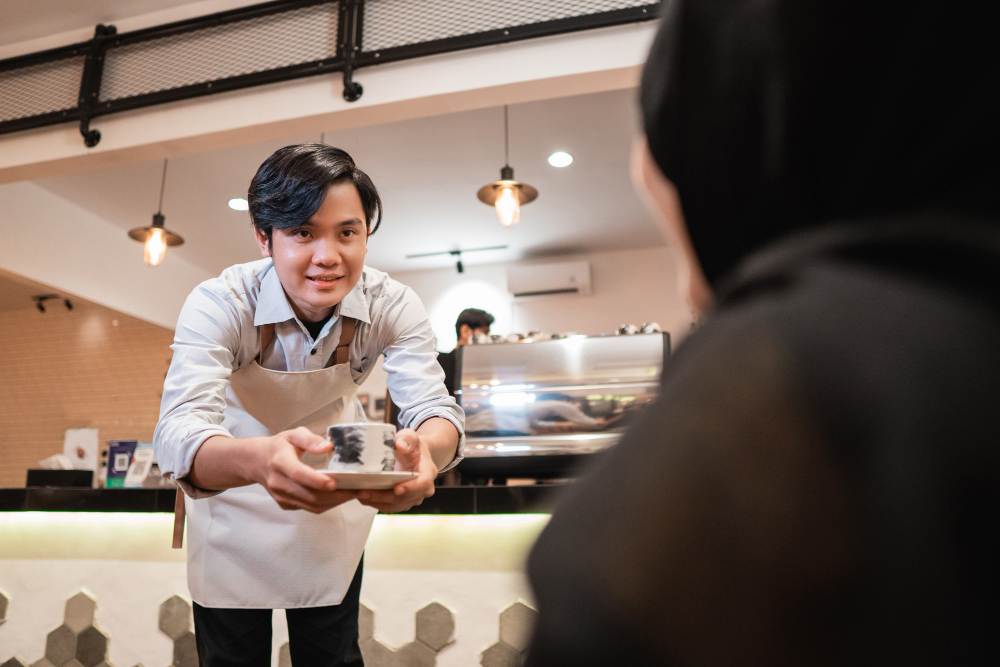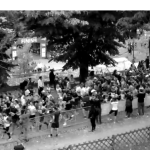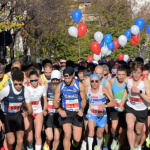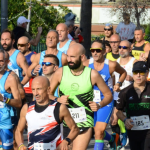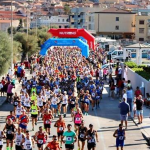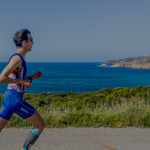Elevating Events with Culinary Excellence
In Kuala Lumpur, Malaysia, a thriving hub for the Meetings, Incentives, Conferences, and Exhibitions (MICE) industry, corporate catering is a cornerstone of successful events. As the city’s exhibition centres like the Kuala Lumpur Convention Centre (KLCC), Malaysia International Trade & Exhibition Centre (MITEC), and Putra World Trade Centre (PWTC) host over 1,600 events annually, attracting 1.1 million delegates and contributing RM1 billion to the economy in 2024, catering services play a pivotal role in enhancing attendee experiences. Corporate catering goes beyond mere sustenance, offering tailored menus, cultural authenticity, and sustainable practices to align with the demands of trade shows, conferences, and galas. With Malaysia’s MICE sector projected to fuel a USD 212.83 billion Asia-Pacific market by 2030, this article explores the intricacies of corporate catering at KL’s top venues, focusing on KLCC’s exemplary approach, cost factors, trends, and attendee impact.
The Role of Corporate Catering in KL’s MICE Ecosystem
Corporate catering at exhibition centres transforms events into memorable experiences by providing high-quality, customized food and beverage services for diverse audiences. Unlike standard catering, it caters to large-scale, professional settings—think 2,000 delegates at a tech expo or 500 VIPs at a gala. KL’s venues prioritize flexibility, offering a range of options from buffet spreads to plated banquets, with a focus on halal-certified choices that reflect Malaysia’s cultural ethos. Catering supports networking, sustains long event hours, and reinforces branding through curated menus.
At KLCC, a 51-member culinary brigade, guided by its “Culinaria” philosophy, delivers “Malaysia on a Plate,” blending Malay, Chinese, Indian, and Western flavors for events such as Food & Hotel Malaysia (September 23-26, 2025). MITEC’s trade-focused expos, such as MIHAS Halal Showcase, cater to 40,000 attendees with halal-compliant buffets, while PWTC’s MATTA Fair provides multicultural street food for 120,000 visitors. In 2025, 60% of organizers prioritize catering quality, with 44% seeking tech-enhanced dining (e.g., QR-coded menus), making it a strategic investment for attendee satisfaction.
KLCC’s Catering Excellence: A Case Study
The Kuala Lumpur Convention Centre (KLCC), voted Southeast Asia’s Best Convention Centre in 2024, sets the benchmark for corporate catering. Its 33,000 sqm facility, including a 2,000-seat Grand Ballroom and a 3,000-seat Plenary Hall, hosts high-profile events such as the International Petroleum Technology Conference (IPTC) and beautyexpo. KLCC’s catering, managed in-house, is halal-certified, ensuring inclusivity for Muslim-majority Malaysia and global delegates. Menus range from wellness-focused dishes (low-carb, vegan) to fusion banquets, with 70% of ingredients locally sourced for sustainability.
For a 500-pax conference, KLCC offers buffet packages starting at RM80–RM120 per person, including starters, mains, and desserts (e.g., rendang, dim sum, mango mousse). Gala dinners in the Grand Ballroom, seating 2,000, cost RM150–RM250 per head for multi-course plated meals with live stations (satay, pasta). Coffee breaks, vital for networking, range from RM30 to RM50 per person, featuring pastries and teh tarik. Customizations, such as themed setups for the World AI Show (2025), add 10-15% to costs but enhance branding. KLCC’s EarthCheck Gold certification ensures that eco-friendly practices, such as the use of compostable serveware and waste diversion, align with the 2025 Net Zero pathway.
Cost Structures and Influencing Factors
Catering costs in KL’s exhibition centres vary by venue scale, event size, and menu complexity. At KLCC, a mid-tier package for 1,000 attendees averages RM100,000–RM150,000 daily, covering setup and staff. MITEC, with 45,000 sqm for mega-events like MIHAS, offers competitive rates at RM70–RM100 per person for buffets, reflecting its trade focus. PWTC, catering to 5,000–10,000 attendees at fairs like Ekspo Kucing, offers budget-friendly options at RM50–RM80 per person, emphasizing local hawker-style dishes. MIECC and Sunway Pyramid Convention Centre (SPCC) range from RM60 to RM120, with SPCC’s mall adjacency adding premium F&B tie-ins.
Key cost drivers include:
- Attendee Numbers: Larger events (10,000+) secure per-head discounts (10-15%).
- Menu Type: Buffets are 20-30% cheaper than plated meals; live stations add RM20–RM50 per person.
- Seasonality: Peak seasons (September-October) incur 10-15% surcharges, while off-peak seasons (January) offer savings.
- Add-Ons: Themed decor, premium beverages, or vegan/gluten-free options increase costs by 15-20%.
- Sustainability: Eco-friendly serveware or local sourcing, as at KLCC, adds 5-10%.
Organizers can save by booking multi-day packages, opting for standard menus, or scheduling events during off-peak periods. KL’s rates, 25-35% lower than Singapore’s Marina Bay Sands, ensure high ROI, with 70% of planners citing catering as a top satisfaction driver.
Trends Shaping Corporate Catering in 2025
KL’s catering scene aligns with global MICE trends, emphasizing sustainability, technology, and personalization. Sustainability is paramount—KLCC’s “KLCC Connects” campaign with WWF Malaysia promotes zero-waste menus, while MITEC’s energy-efficient kitchens cut emissions. Vegan and plant-based options, demanded by 30% of delegates, feature prominently, with SPCC offering jackfruit rendang. Technology enhances efficiency: QR-coded menus at KLCC reduce waste, and AI-driven dietary trackers ensure allergen-free choices. Hybrid events, up 78% in 2025, integrate virtual dining kits (RM50–RM100) for remote attendees, as seen in MITEC’s Smart City Expo KL.
Cultural authenticity remains a draw. KLCC’s fusion menus (e.g., nasi lemak with Western salads) and PWTC’s street food stalls reflect Malaysia’s diversity, with 80% of attendees valuing local flavors. Health-conscious options—low-sugar, high-protein dishes—cater to wellness trends, especially for conferences like IPTC. These innovations align with the USD 328.97 billion MICE projection for 2030, positioning KL as a culinary leader.
Economic and Experiential Impact
Corporate catering generates economic benefits that extend beyond venue revenue. In 2024, KLCC’s catering for 1,600 events supported local suppliers, creating over 2,000 jobs in the F&B and hospitality sectors. Events like MIHAS at MITEC boost retail, with 60% of exhibitors reporting sales spikes from on-site dining. Culturally, catering bridges global and local audiences—MATTA Fair’s food stalls generate RM10 million in F&B revenue. Attendees rank catering among the top three factors influencing their event experience, with 75% citing it as critical to networking and overall satisfaction.
Challenges include managing dietary restrictions (10% of delegates have allergies) and peak-season staffing, addressed through pre-event surveys and trained crews. KL’s centres mitigate costs with scalable menus, ensuring accessibility for mid-tier budgets while delivering premium experiences.
In conclusion, corporate catering at KL’s exhibition centres, led by KLCC’s innovative approach, transforms events into culinary journeys. By blending sustainability, technology, and cultural flair, these venues elevate MICE experiences, driving economic and social impact in a competitive global market.

